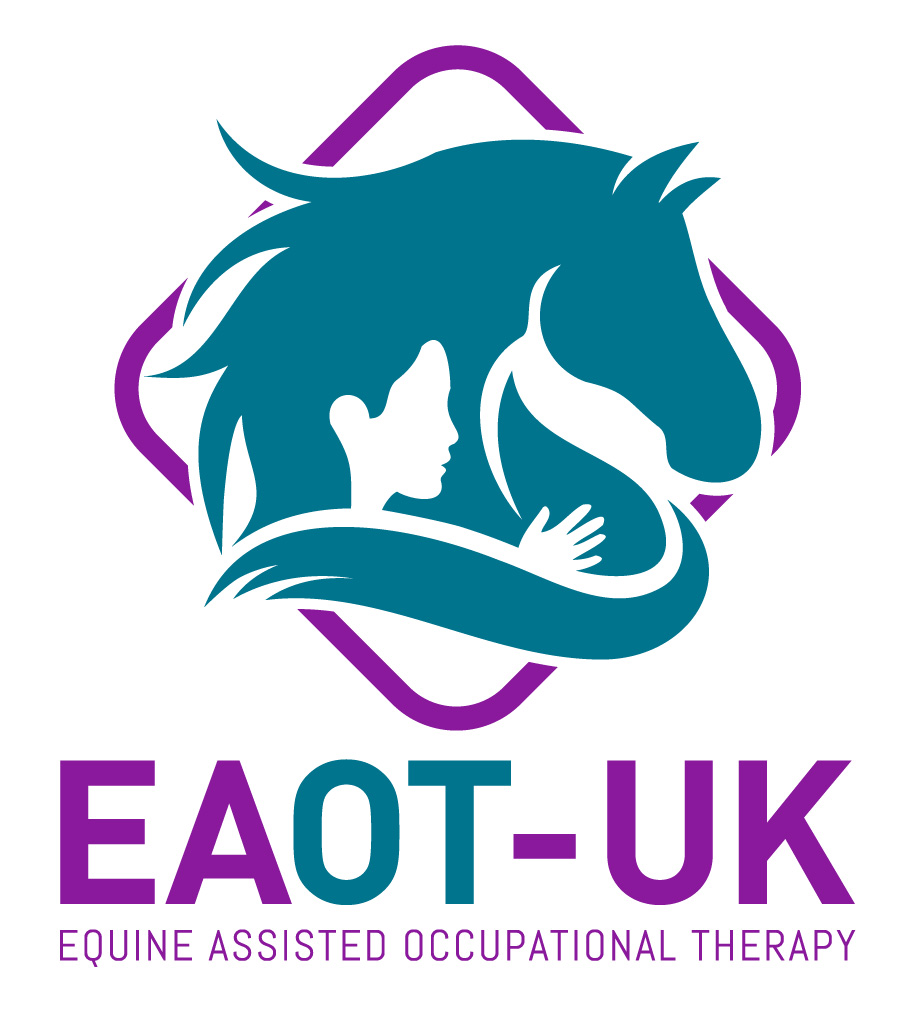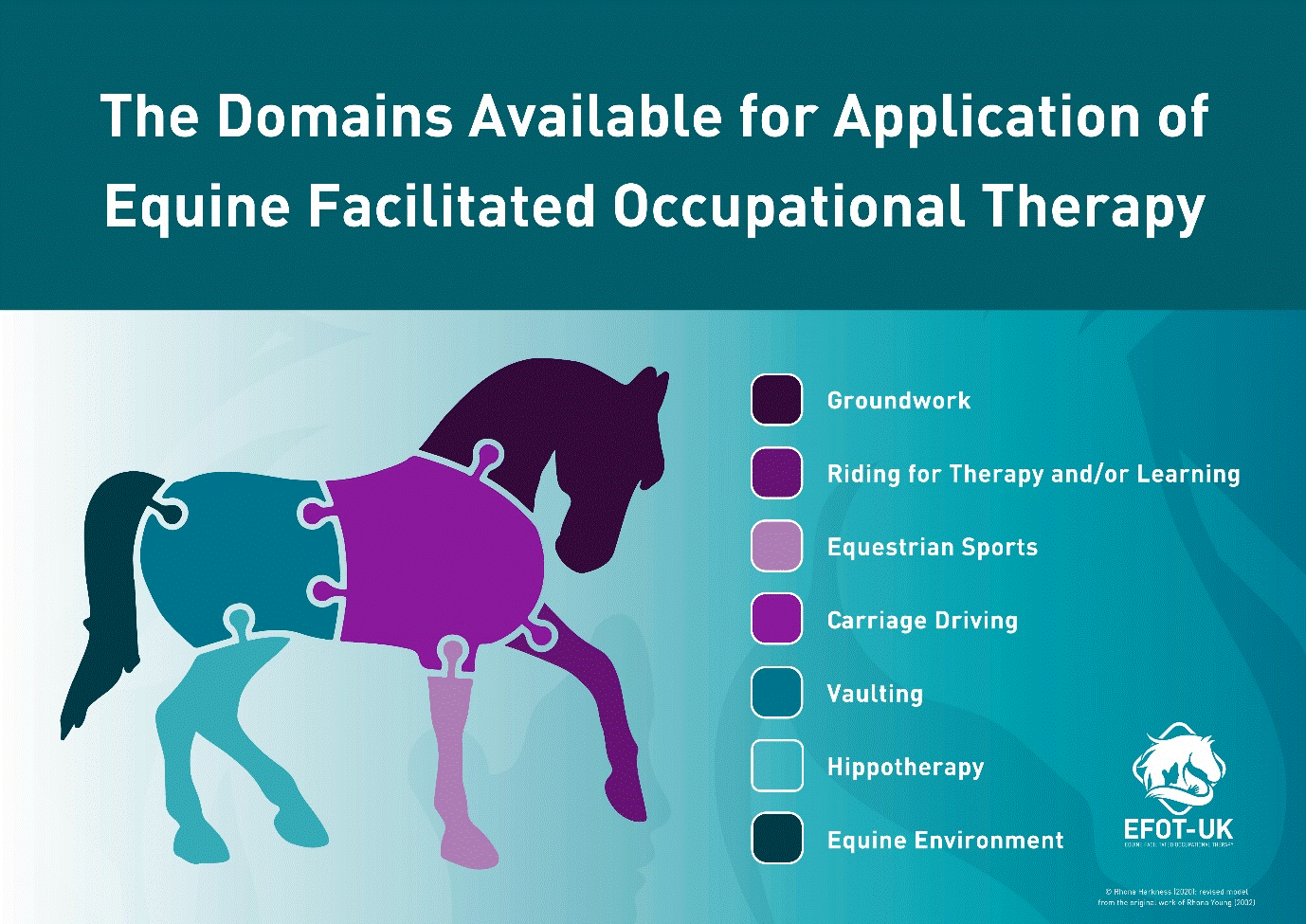
Domains Model
The purpose of the domains model is to demonstrate the variety of domains within the field of equine facilitated therapy that can be used to enhance the life of an individual. Occupational Therapists can refer onto other therapists with additional training in a domain or indeed undertake the additional training to be able to use a range of these domains in their own practice.
Why Horses?
Horses provide humans with an array of benefits; for example, their unique three-dimensional movement is a significant factor that can positively influence the client in the therapy setting. The average horse walks at a rate of approximately 100 steps per minute. In 15 minutes of being on a walking horse this represents 1500 of neuromotor input for the client.
Horse’s reactions can also have a positive influence on the development of self-awareness and increased emotional control. As horses are prey animals, with a primary concern for their survival, this makes them sensitive and reactive to the energy around them. It also means they are skilled in reading non-verbal communication. The reactions of the horse can be used to support human development. Clients can quickly learn in a non-judgemental way about their energy, mindset and behaviour by the “clean” and genuine responses provided by the horse. These are powerful communications that provide a catalyst for change.
Groundwork
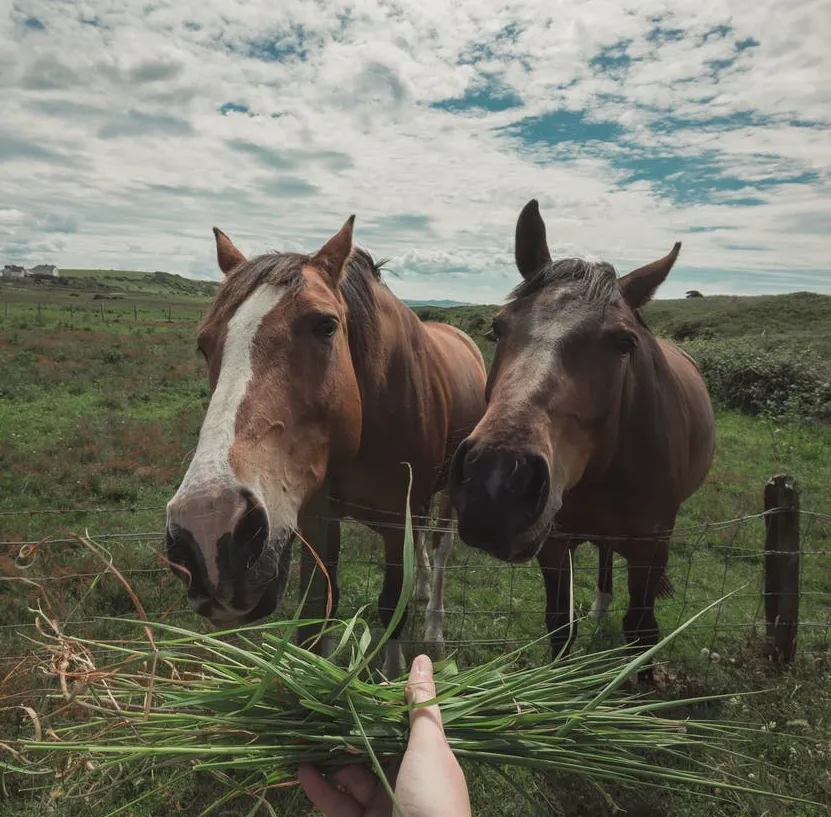 For this, the person does not sit on the horse. The Occupational Therapist will use the horse and its environment within therapy for learning experiences.
For this, the person does not sit on the horse. The Occupational Therapist will use the horse and its environment within therapy for learning experiences.Riding for Therapy and/or Learning
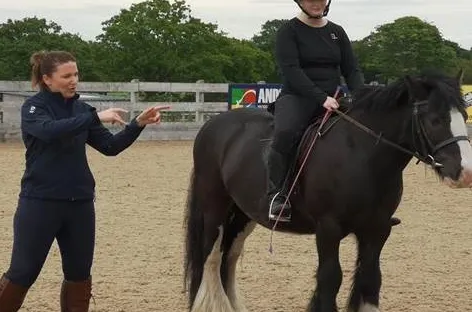 Riding a horse can be used by an Occupational Therapist to support a person’s mental or physical health, communication or sensory processing. This can be completed alone or as part of a group.
Riding a horse can be used by an Occupational Therapist to support a person’s mental or physical health, communication or sensory processing. This can be completed alone or as part of a group.Equestrian Sports
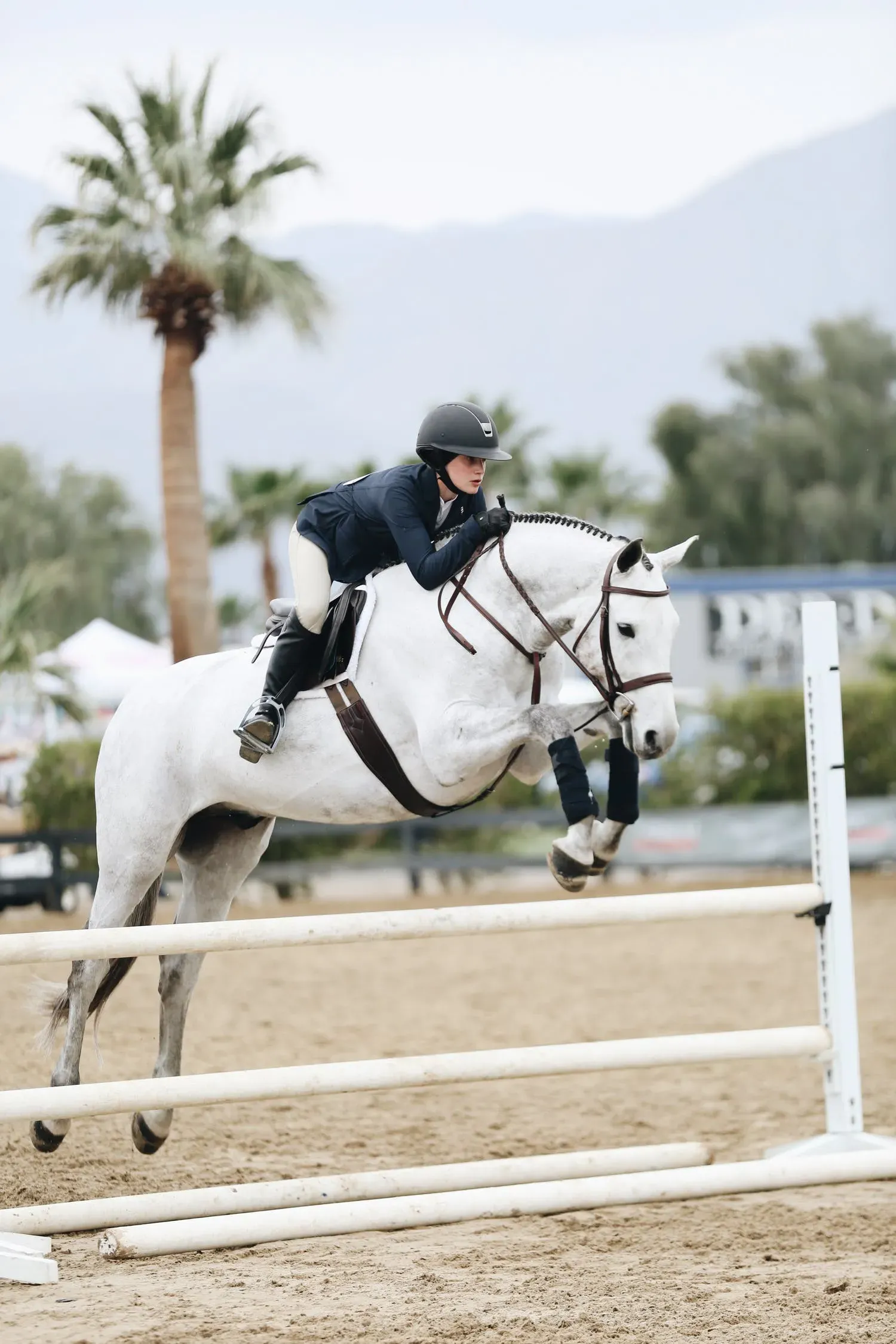 Occupational Therapists may use their own skillset or refer onto experts who can help clients access sports within the horse world.
Occupational Therapists may use their own skillset or refer onto experts who can help clients access sports within the horse world.
Carriage Driving
 An Occupational Therapist may utilise carriage driving as it offers many of the benefits similar to riding. This can be used even for those who cannot be on horseback.
An Occupational Therapist may utilise carriage driving as it offers many of the benefits similar to riding. This can be used even for those who cannot be on horseback.
Vaulting
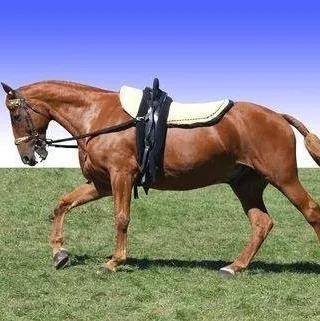 Vaulting combines dance and gymnastics on the back of a moving horse. Vaulting can be used by an Occupational Therapist to achieve therapeutic and learning goals.
Vaulting combines dance and gymnastics on the back of a moving horse. Vaulting can be used by an Occupational Therapist to achieve therapeutic and learning goals.
Hippotherapy
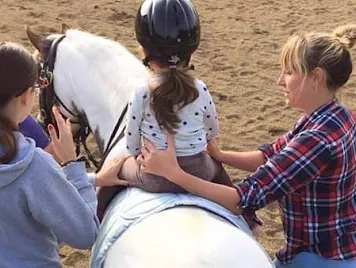 In Hippotherapy the client is on horseback. Specific movements are undertaken with the horse to allow the individual to benefit from their unique movement to achieve functional goals.
In Hippotherapy the client is on horseback. Specific movements are undertaken with the horse to allow the individual to benefit from their unique movement to achieve functional goals.
There are many models that an Occupational Therapist can use within Equine Facilitated Therapy.
Here are some examples:
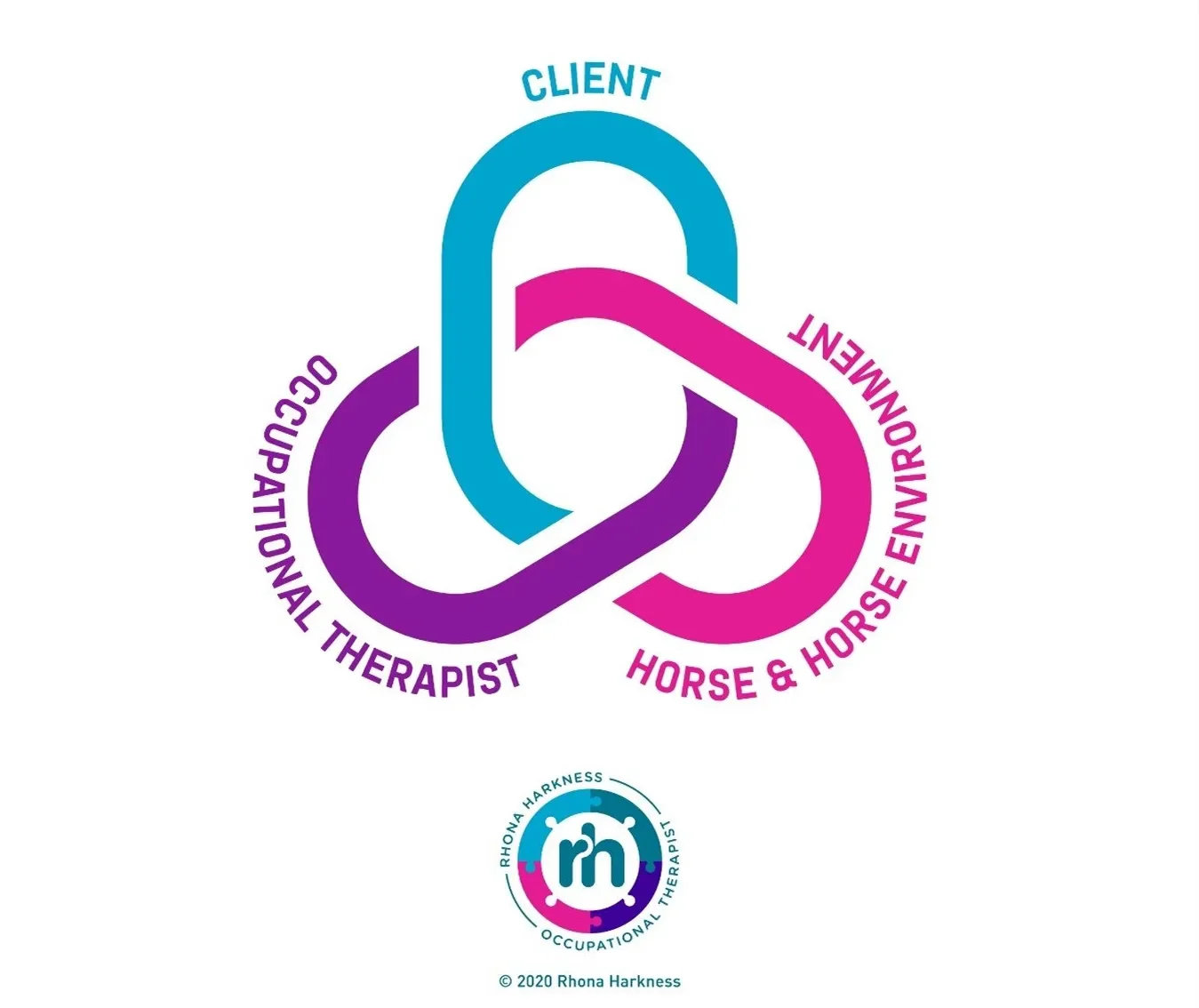
The Three Way Relationship Model
The purpose of this model is to emphasise the significance of enriched partnership working between the therapist and the equine within the equine environment to enable therapeutic change within a client. All three influence each other and are required for the process to take place.
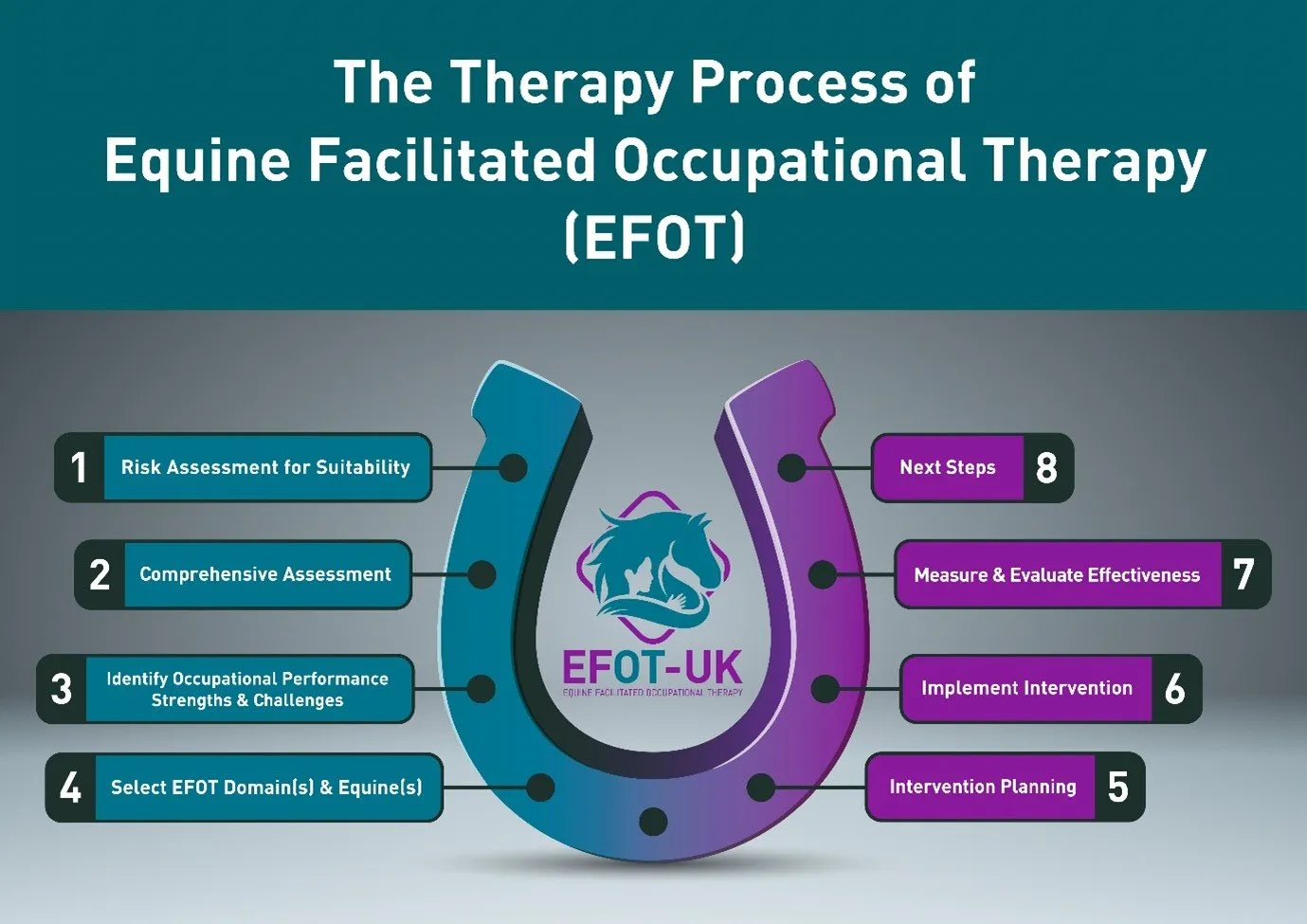
Process Model
This model provides a systematic process for occupational therapists to implement clinical reasoning within the field of equine facilitated occupational therapy. There are 8 steps within this process that support the therapist to measure, evaluate and demonstrate the effectiveness of interventions with service users and carers in Equine Facilitated Therapy.
